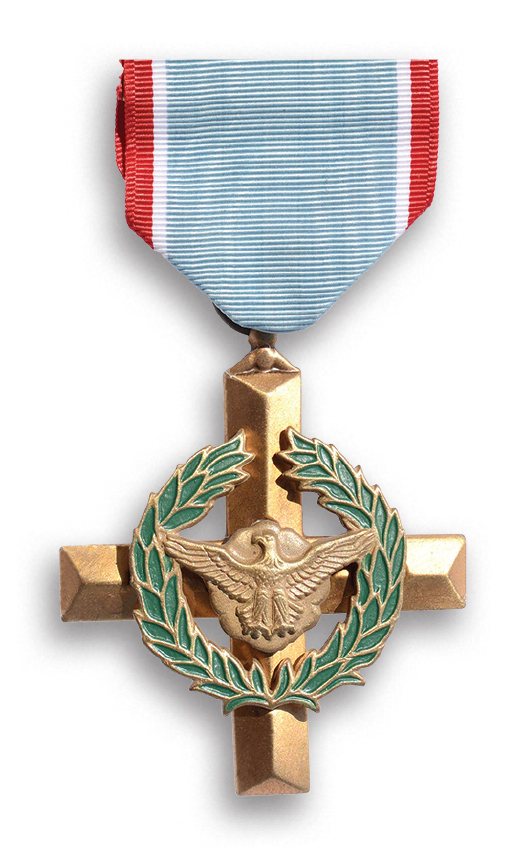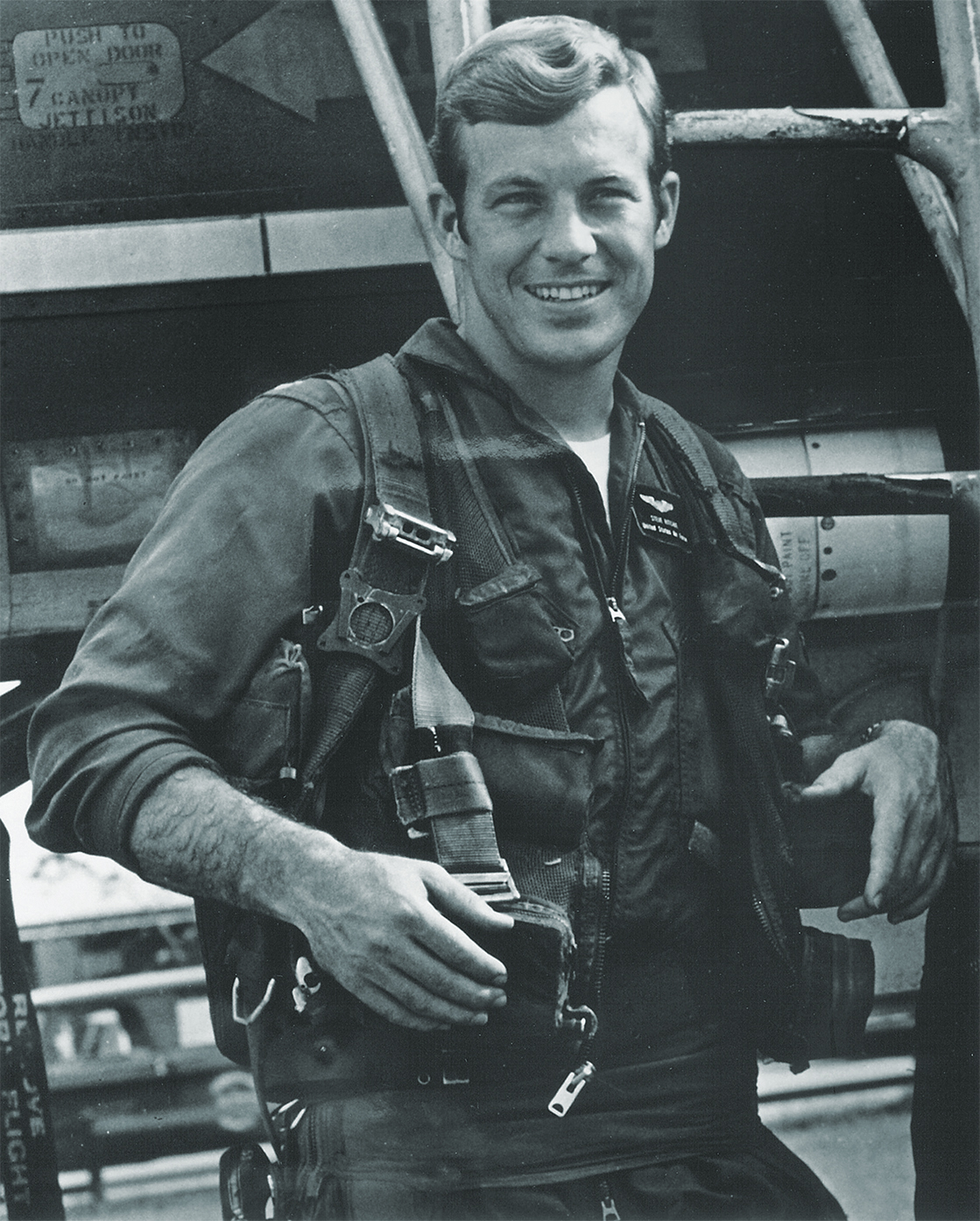Fifty years ago in August 1972, fighter pilot Capt. R. Steve Ritchie achieved his fifth aerial victory and ace status. Given the limitations of a 21st century dominated by guerrilla warfare and remote-controlled electronic surveillance aircraft, he may well be the last.

Richard Steven Ritchie, born in Reidsville, North Carolina, on June 25, 1942, graduated from the Air Force Academy in Colorado Springs, Colorado, on June 3, 1964, and got his wings at Laredo Air Force Base, Texas. In his first Vietnam combat tour in 1968, Ritchie flew 95 forward air controller missions directing artillery or airstrikes from an F-4 Phantom II out of Da Nang Air Base with the 480th and 489th Tactical Fighter squadrons of the 366th Tactical Fighter Wing. In 1969 he returned stateside to attend the Air Force Fighter Weapons School at Nellis Air Force Base, Nevada.
Back in Vietnam in January 1972, Ritchie was assigned to the 555th Tactical Fighter Squadron, 432nd Tactical Reconnaissance Wing, at Udorn Royal Thai Air Base. North Vietnam invaded the South on March 30 and as one response President Richard Nixon launched Operation Linebacker, an all-out air offensive against the North on May 10. That day was marked by several ferocious engagements for the U.S. Air Force, U.S. Navy air wings and their opponents, the North Vietnamese air force.
Ritchie flew an F-4D the morning of May 10 as deputy leader of Oyster Flight (call sign Oyster Three) with Capt. Charles Barbin DeBellevue in the back seat as his weapons systems operator, or WSO. Maj. Robert A. Lodge and WSO Capt. Roger C. Locher led the flight.
At 9:42 a.m. the flight ambushed four MiG-21MFs of North Vietnam’s 921st Fighter Regiment north of Hanoi. Lodge used AIM-7E-2 Sparrow radar-guided air-to-air missiles to destroy one MiG, his third victory of the war. Then 1st Lt. John D. Markle and Capt. Steve D. Eaves claimed another. Either MiG might have been piloted by Nguyen Cong Huy, who returned to Noi Bai air base with his plane badly damaged.
When Ritchie fired his first AIM-7 it did not explode, but his second missile did. DeBellevue, seeing a yellow parachute, shouted, “Oyster three’s a splash!” The struck pilot was probably Cao Son Khao, who ejected but died from injuries later.
Lodge, aiming for his fourth kill, was closing on the remaining MiG-21 when his F-4 was attacked by a Shenyang J-6, a Chinese-built MiG-19, of the 925th Fighter Regiment. Lodge was killed, but Locher was able to eject. The enemy victor, Nguyen Manh Tung, overshot the runway at Yen Bai. His J-6 exploded, killing him. Locher evaded capture for 23 days, a record for a pilot during the war, and was finally rescued by helicopter on June 2.
On May 31, Ritchie and 1st Lt. Lawrence H. Pettit, flying an F-4D, destroyed a MiG-21MF about 30 miles south of the Chinese border, killing Senior Lt. Nguyen Van Lung of the 921st Regiment and giving Ritchie his second shootdown.
On July 8 Ritchie teamed up with DeBellevue in a cannon-armed F-4E to attack MiG-21PFMs threatening an EC-121K radar-equipped airborne early warning aircraft. Getting behind the enemy, Ritchie loosed two AIM-7s that destroyed the No. 2 MiG. He launched a third missile to blow apart the leader. Senior Lt. Nguyen Ngoc Hung and Lt. Vu Van Hop of the 927th Fighter Regiment were killed. Ritchie was one MiG away from ace status.
On Aug. 28 the captain was back in his earlier F-4D with DeBellevue when they found MiG-21s approaching head-on. Maneuvering behind them in a steep, climbing turn, Ritchie launched two AIM-7s at extreme range, then his remaining two. Number three was also a miss, but the last one struck home. Ritchie had become the Air Force’s only ace pilot of the Vietnam War.
In April 1974 Ritchie resigned his regular Air Force commission but remained with the Reserves. On April 8, 1994, he was promoted to brigadier general. In the course of his career Ritchie received an Air Force Cross, four Silver Stars, 10 Distinguished Flying Crosses and 25 Air Medals. Phantom F-4D 66-7463, in which Ritchie scored both his first and fifth victories, is on outdoor display at the Air Force Academy.
This article appeared in the Autumn 2022 issue of Vietnam magazine.
GET HISTORY’S GREATEST TALES—RIGHT IN YOUR INBOX
Subscribe to our HistoryNet Now! newsletter for the best of the past, delivered every Monday and Thursday.






